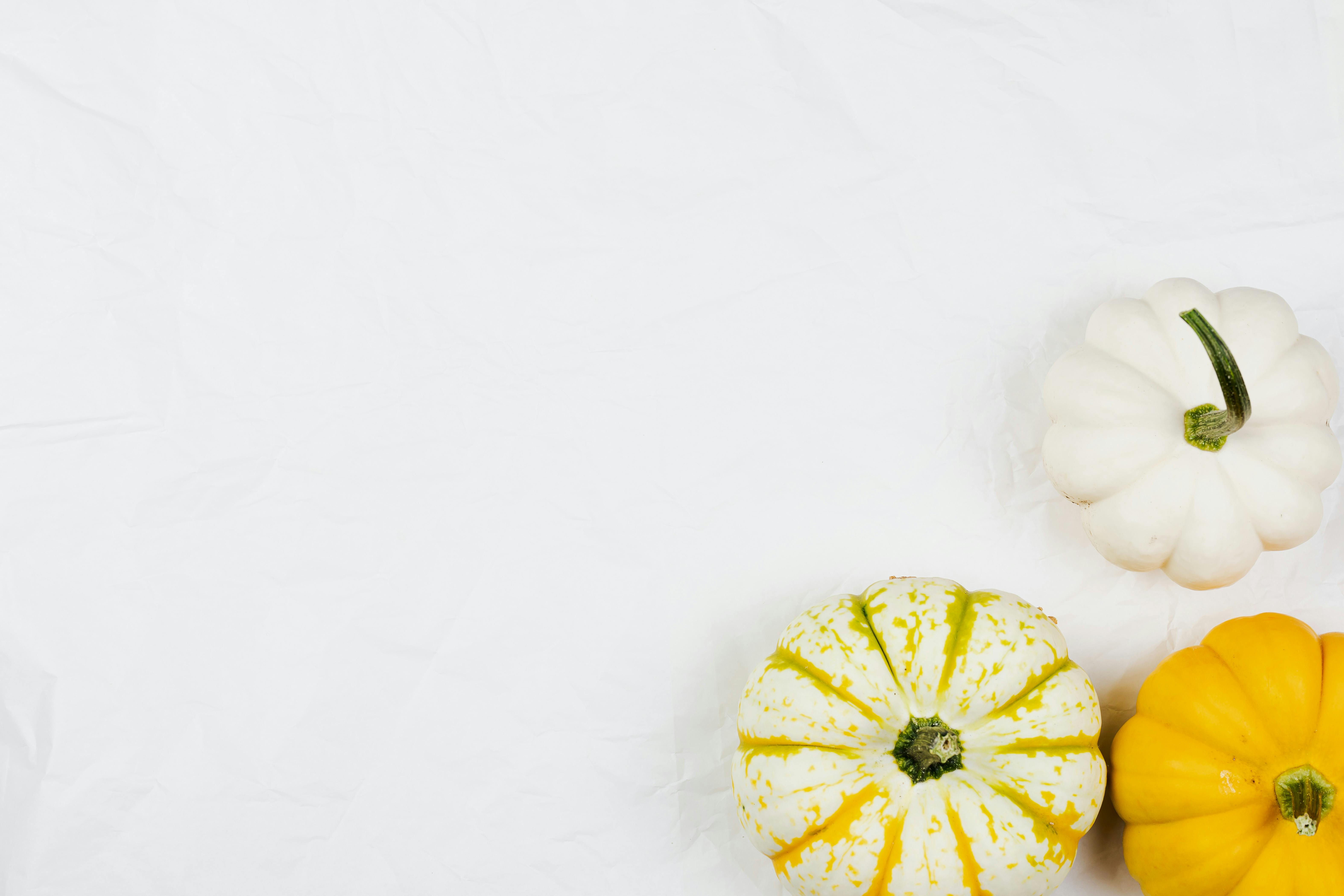Growing a vegetable garden in the winter can be a challenging yet rewarding experience. With the right preparation and knowledge, you can have a successful winter garden that will provide you with fresh produce during the cold months. In this article, we will discuss how to plan and build a winter vegetable garden and steps to take for optimal growth. We will also cover how to care for your plants throughout the winter season, as well as tips on harvesting and storing your produce. By following these steps, you can enjoy fresh vegetables all winter long!Preparing the garden for winter includes a few simple tasks that will help keep it healthy during the colder months. Start by cleaning up any fallen leaves and debris, then prune any dead or diseased branches. Next, fertilize the soil with compost and mulch to help protect plants from cold temperatures. If you have any perennials, cut them back and cover them with a layer of mulch to insulate their roots from frost. Lastly, if your area experiences heavy snowfall, install some supports like stakes or trellises to keep plants safe from being crushed by snow accumulation.
Choosing Veggies for Winter Gardening
Winter gardening can be a great way to enjoy fresh produce even in colder months. Vegetables that are well-suited to winter growing should have hardy varieties and be able to withstand cold temperatures. Choosing the right vegetables for winter gardening is an important part of having a successful garden.
When selecting vegetables for winter gardens, it is important to consider their cold tolerance, as well as their growth rate and harvesting times. Cold-hardy vegetables such as kale, collard greens, Brussels sprouts, and cabbage
Planting Vegetables in Winter
The cold winter months can still be a great time to grow vegetables. Planting vegetables in winter can provide a healthy and nutritious crop, with some vegetables taking less time to mature than during the warmer months. Choosing the right vegetables for winter planting is key to growing a successful crop. Consider planting leafy greens such as spinach, kale, and Swiss chard, which are cold hardy and can survive even the harshest winters. Root vegetables like carrots, turnips, and potatoes are also good options as they are naturally resistant to
Growing Vegetables in Cold Frames and Greenhouses
Growing vegetables in cold frames and greenhouses is a great way to extend your growing season and enjoy fresh produce all year round. Cold frames and greenhouses provide protection from the elements, allowing you to control the temperature, light, moisture, and air circulation for optimal growing conditions. While greenhouses are more expensive to build and maintain, they offer the most protection from the elements and are ideal for season-long production of vegetables. Cold frames are a cost-effective option that provide some protection from the elements while still allowing in natural
https://images.pexels.com/photos/3726539/pexels-photo-3726539.jpeg
Extending the Growing Season with Cloches and Hotbeds
Cloches and hotbeds are two of the most effective ways to extend the growing season. Cloches are small, transparent enclosures that are placed over individual plants or small groups of plants to protect them from cold temperatures and pests. They are usually made of glass or plastic, and can be used to protect young plants during the early spring before they have fully hardened off. Hotbeds are beds of soil that have been warmed by a heat source, such as compost or manure. They

Utilizing Artificial Light to Grow Vegetables in Winter
Growing vegetables in the winter can be a challenge for many gardeners. Due to the shorter days, there is less sunlight available, reducing the amount of time plants have to photosynthesize. Fortunately, artificial light can be used to supplement natural light and help vegetables grow during the winter months.
The type of artificial light used is important when it comes to growing vegetables in the winter. Fluorescent and LED lights are both good choices, as they provide more intense and focused light than incandescent
Insulating the Garden during Winter Months
Winter months can be much colder than expected, and this can affect the plants in your garden. To keep your plants healthy in the colder months, it is important to insulate your garden against the cold. This can be done in a number of ways, from adding extra layers of mulch to covering up any exposed soil. It is also important to make sure that any plants which are sensitive to cold temperatures are well protected.
Mulch is one of the best ways to insulate your garden against the cold.
Heating the Garden to Protect Plants from Freezing Temperatures
During winter months, temperatures can drop to uncomfortable levels, even below freezing. This can cause damage to plants in a garden, especially those that are not hardy enough to withstand cold weather. To protect these plants from freezing temperatures, it is important to consider heating the garden. There are several ways to provide heat for a garden, and each has its own benefits and drawbacks.
One of the simplest methods of heating the garden is to use a space heater. Space heaters are designed specifically for outdoor

Conclusion
Growing a vegetable garden in the winter can be a challenge, but it is very possible if you plan and prepare for it correctly. Start by researching what crops grow best in the winter, and then build your garden with that in mind. Make sure to pick a spot with plenty of sunlight, as this will help ensure that your plants get the nutrients they need. Using cold frames and other methods of protection can help keep your plants warm, as well as using mulch and other coverings to keep them from getting too cold. Finally, make sure to water your plants
